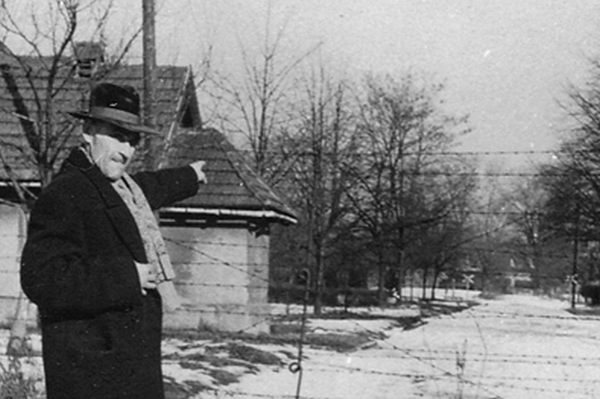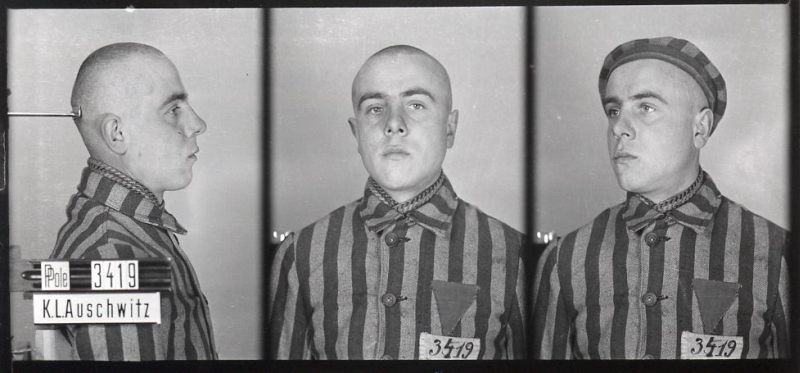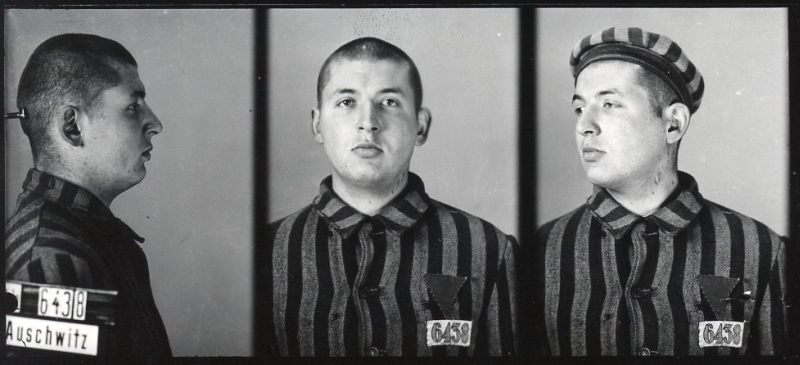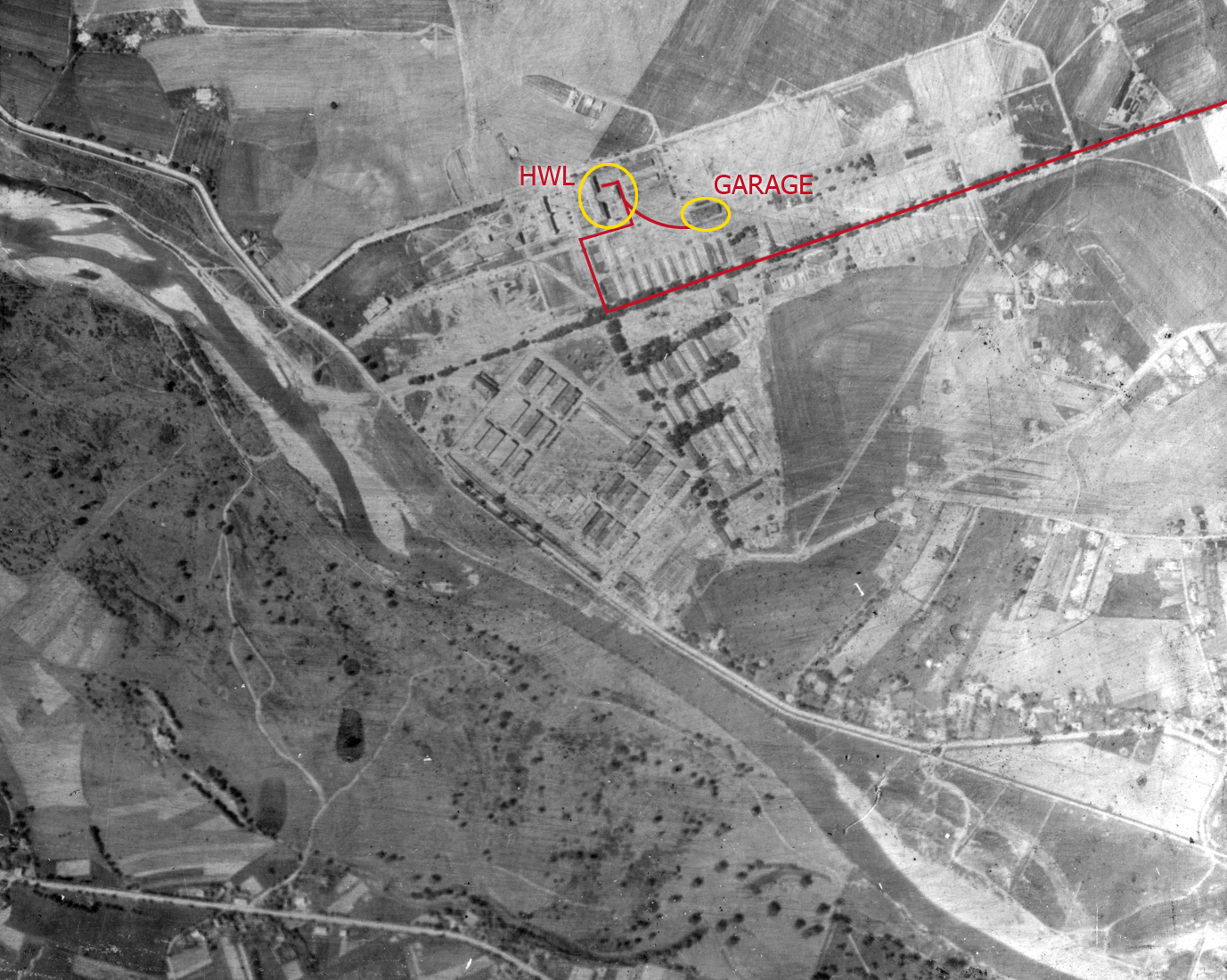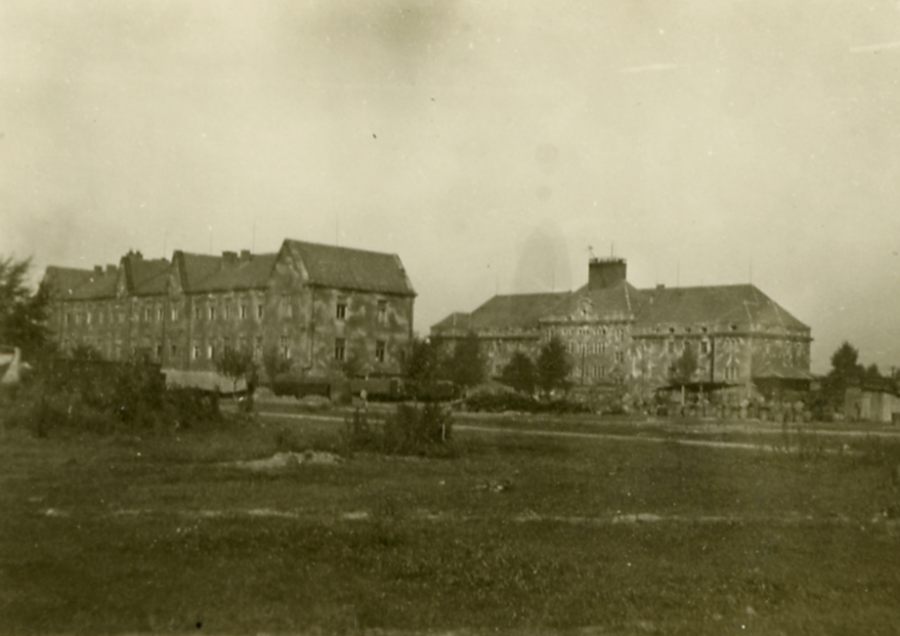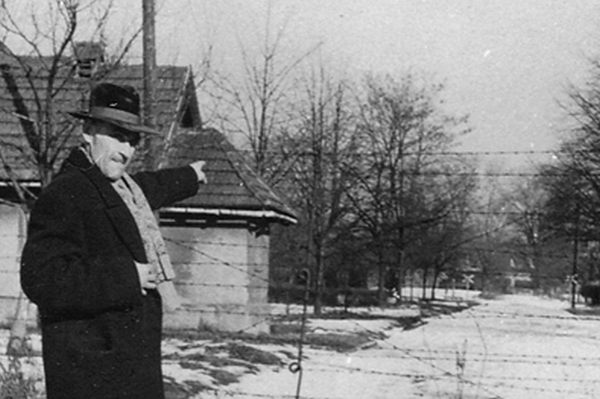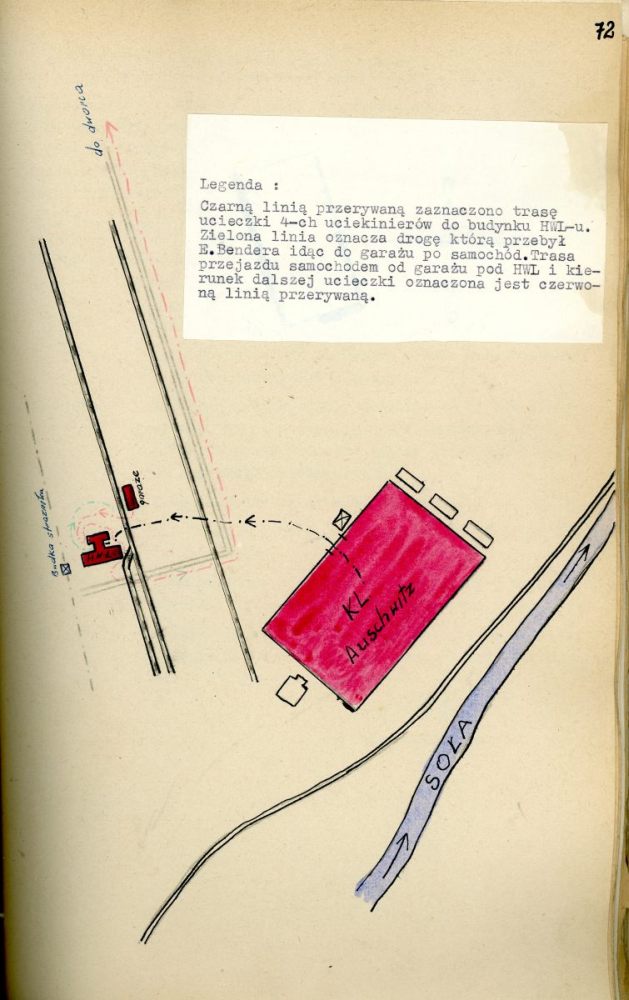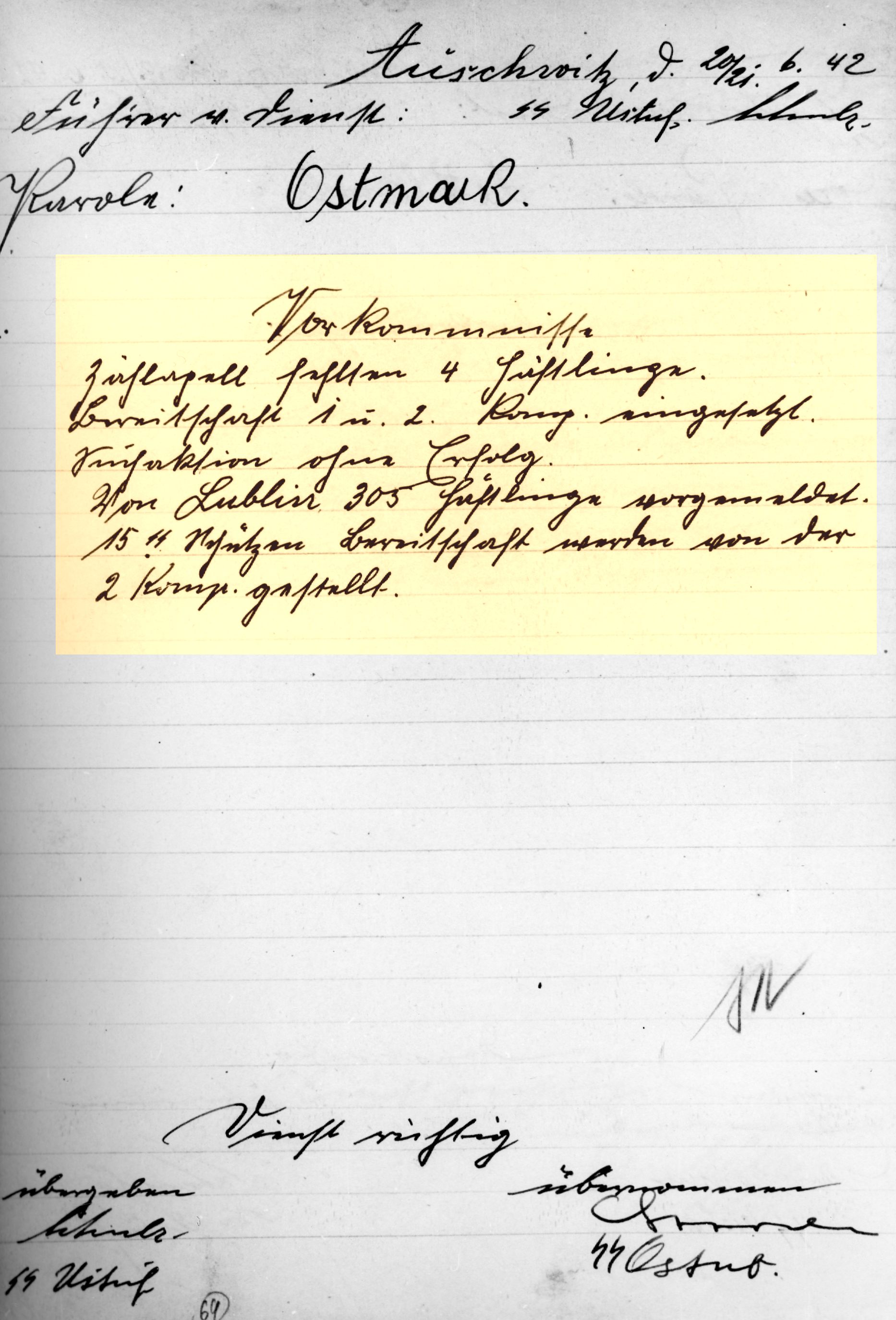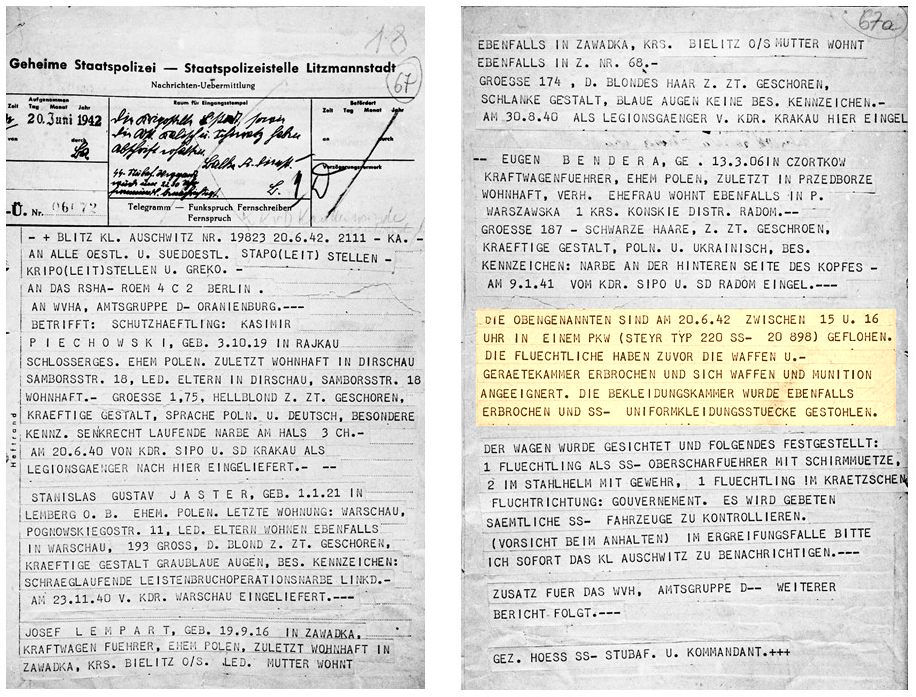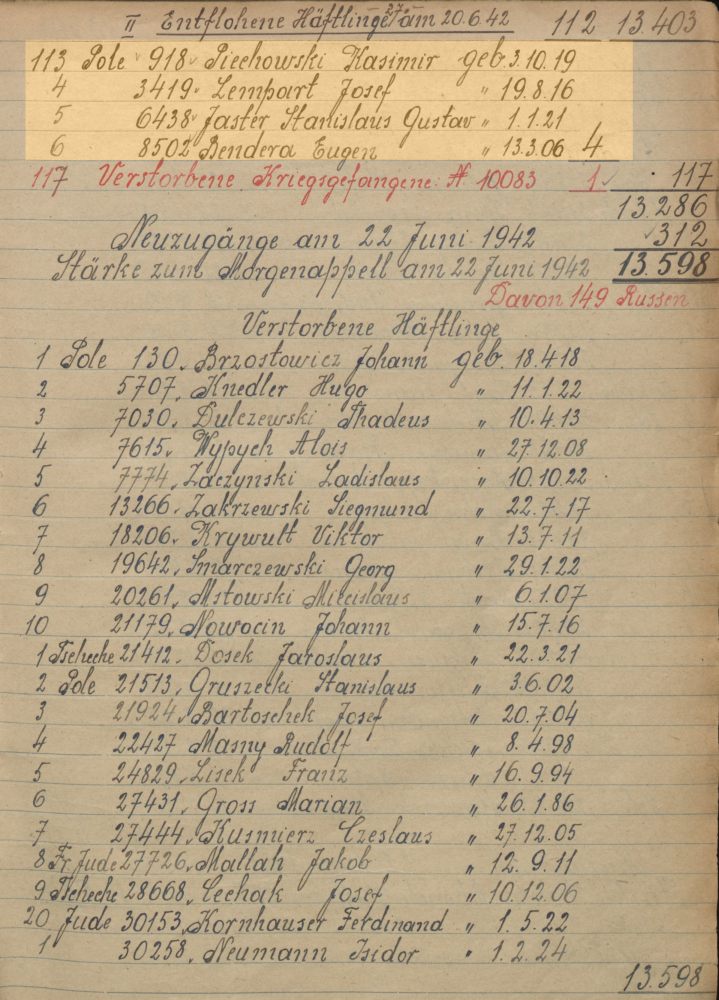Eugeniusz Bendera, Kazimierz Piechowski, Stanisław Jaster and Józef Lempart were employed in the Hauptwirtschaftslager Kommando [HWL—main SS garrison equipment repository]. On Saturday 20 June 1942, they dared an exceptional escape from the camp. It had been planned and prepared in detail in advance. On that day in the afternoon, when most prisoners and SS men finished their work, they left the camp. They reported in the guard house that a Kommando consisting of four persons had to leave in order to take out the rubbish. The SS man on duty noted down this fact, without paying particular attention to the prisoners. Without problems they reached the HWL building, which was already closed at the time. Through the hatch opened in advance, they sneaked into the basement from where, using bump keys, they moved on to the repositories. A crowbar was only necessary to open the weapons storage door. A continuation, the escapeesput SS uniforms on and grabbed the weapons. Eugeniusz Bendera took Steyer 220 car from the nearby SS garage. The vehicle was used by SS-Hauptsturmführer Paul Kreutzmann, head of the HWL. Shortly after, they left the repository area driving the car. While crossing the checkpoint of the large guard chain, Piechowski, disguised in the uniform of the senior SS man, ordered with his hand to lift the gate. The guard did not stop thevehicle, carried out the order and the escapees left the area around the camp. Near Maków Podhalański their mean of transport broke down, so they were forced to continue their route walking.
Kazimierz Piechowski and Eugeniusz Bendera reached the Kielce region, where the first of them joined the Home Army (AK) and fought in its ranks until the end of the war. The latter, having obtained fake documents, was employed in Organisation Todt, where he worked as a car mechanic in Ukraine. He lived there until the arrival of the Red Army and then came back to Poland. Józef Lempart, in turn, was hiding in the vicinity of Maków Podhalański, in the Zachełmna village, where his parents came from. He also managed to survive until the end of the war.
Witold Pilecki, one of the leaders of the camp resistance movement, knew about the escape. He provided one of the escapees, Stanisław Jaster, with a report about the situation in the camp in order to deliver it to the leaders of the Home Army. Jaster probably completed the task and then became a soldier of the special operations unit, code-named Kosa-Osa, subordinated to the Home Army Headquarters. He perished in Warsaw in the autumn of 1943 in mysterious circumstances.
The escape, for the reasons which remain unknown, did not result in any major repressions in the camp. But the parents of Stanisław Jaster were incarcerated in the camp; they both perished. Exceptional ingenuity and courage lifted the spirits of many prisoners. The escape itself quickly became a camp legend, shared by the prisoners.

